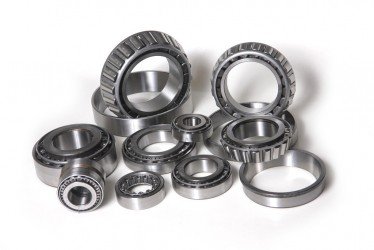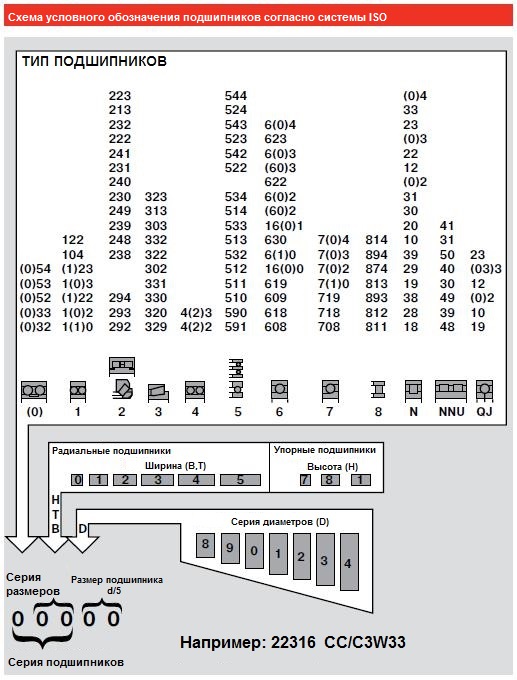Product successfully added to your shopping cart
There are 0 items in your cart. There is 1 item in your cart.
Large delivery of BBC-R bearings. Updating the warehouse.
There are 0 items in your cart. There is 1 item in your cart.
Large delivery of BBC-R bearings. Updating the warehouse.

The international marking system of bearings differ from GOST system and regulated by certain standards:
ISO 15: 1998 - Rolling bearings. Radial bearings. Overall dimensions. General shape.
ISO 104: 2002 - Rolling bearings. Thrust bearings. Dimensions and general shape.
ISO 113: 1999 - Rolling bearings. Housings of thrust bearings. Overall dimensions.
ISO 355: 1977 / Amd 2: 1980 - Rolling bearings. Tapered roller bearings metric series. Dimensions and designation of series.
ISO 1132-1: 2000 - Rolling bearings. Tolerances. Part 1. Terms and definitions.
All standard metric bearings according to ISO have basic designations, consisting of three, four or five figures or combinations of letters and figures. Following scheme represents system of designations, accepted for most bearings.
The figures and letters of basic designation according ISO have following meanings:
(from left to right):
- the first figure or letter or combination of letters indicates the bearing type:
0 - double-row ball bearing;
1 - ball bearing;
2 - spherical roller (including thrust);
3 - tapered roller;
4 - double-row radial ball;
5 - thrust ball;
6 - single-row radial ball;
7 - single-row ball;
8 - thrust roller bearing with cylindrical rollers;
N - radial cylindrical roller bearing. After the letter N in the designation of roller bearings can be additionally can be specified one or two letters, denoting the construction of flanges of the bearing, such as NJ, NU, NUP, etc. For double-row and multiple-row bearings, designation begins with the letters NN. Designation of needle roller bearings usually begins with the letters NA or NK.
- the following two figures indicate the size series: the first figure - a series of width or height, the second - a series of diameters;
- the last two figures in basic designation bearing are multiplied by 5, reflect the size of the bearing on the inner diameter, i.e. the number formed by the last two figures of the designation of the bearing at multiplying by 5 multiplications in the product gives a number that is equal to the inner diameter of the bearing in mm.
In some cases, figures, which characterize the bearing type and / or the first figures of the code series does not indicate the size series (in the above diagram figures are listed in parentheses).